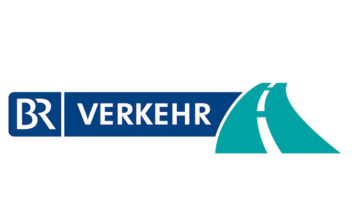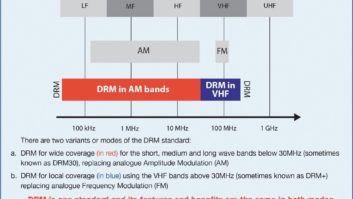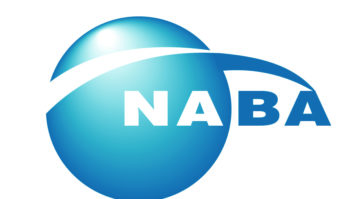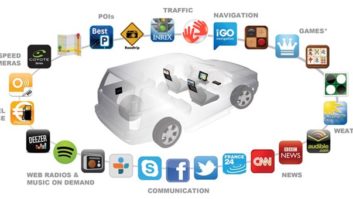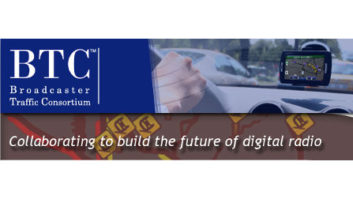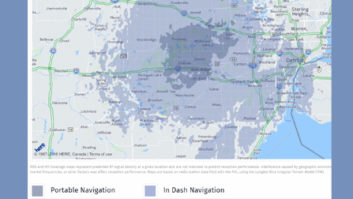The Broadcaster Traffic Consortium
Aug 1, 2008 12:00 PM, By Chriss Scherer, editor

The Broadcaster Traffic Consortium (BTC), an alliance of several broadcast groups, is working with Navteq to provide real-time traffic and other location-based information for portable navigation devices and automobile in-dash systems via HD Radio technology. The radio groups that comprise the BTC are founding members Beasley Broadcast Group, Bonneville International, Cox Radio, Emmis Communications, Entercom, Communications, Greater Media, NPR and Radio One. The consortium has added Lincoln Financial Media, Cumulus Media, Hubbard Broadcasting and Cobalt Operating since initially forming. Paul Brenner is the administrative agent for the consortium and the VP of integrated technology for Emmis.
Navteq has worked with radio groups to distribute its data services in the past, and the opportunity to use the data capability of HD Radio as a distribution system appeals to the consortium members as a way to promote HD Radio and add consumer value to the technology. For this purpose, Navteq was looking for a low-cost distribution method with a high return capability, which HD Radio provides. The partner broadcasters bring nationwide coverage through their stations at a sufficient enough bandwidth to enable Navteq to deliver its application.
The consortium is rolling the system out across member stations in nearly 60 markets. The software and system has been designed to enable to distribution of the data content. Participating stations are now installing the equipment with an eye on launching the services on HD Radio signals by October. Currently, 54 markets have services available via RBDS. Once the first phase of the HD Radio rollout is complete, phase two will bring the technology to the remaining top 100 markets. Phase two is expected to be completed in the first quarter of 2009.
The BTC plans to continue providing the technology in additional markets beyond 100, but those plans have not yet been set.
The service is delivered to stations via the Internet to feed the HD Radio Importer. This service is unique in that Navteq is an Ibiquity partner. Instead of pushing the Navteq data into a data client to feed the Import, the Navteq stream directly interfaces with the Importer through an application port. The data stream is formatted by Navteq.

The data uses about 13kb/s in its current allocation. There are agreements in place to provide a higher data bandwidth, and that could be implemented later depending on the return on investment and trade-off between revenue and bit allocation. The key was to provide this service in addition to multicasting, so it is designed to not require a large portion of bandwidth.
Navteq is negotiating with electronics manufacturers to create products to use the service. The consortium’s goal is to establish the data network. This eliminates the chicken-and-egg problem of not creating one until the other exists. With the network in place, electronics manufacturers can create consumer products.
As the HD Radio rollout continues, the BTC sees its role as developing the application-specific side of HD Radio. It can do this as a companion to the efforts of the NAB and the HD Digital Radio Alliance.





